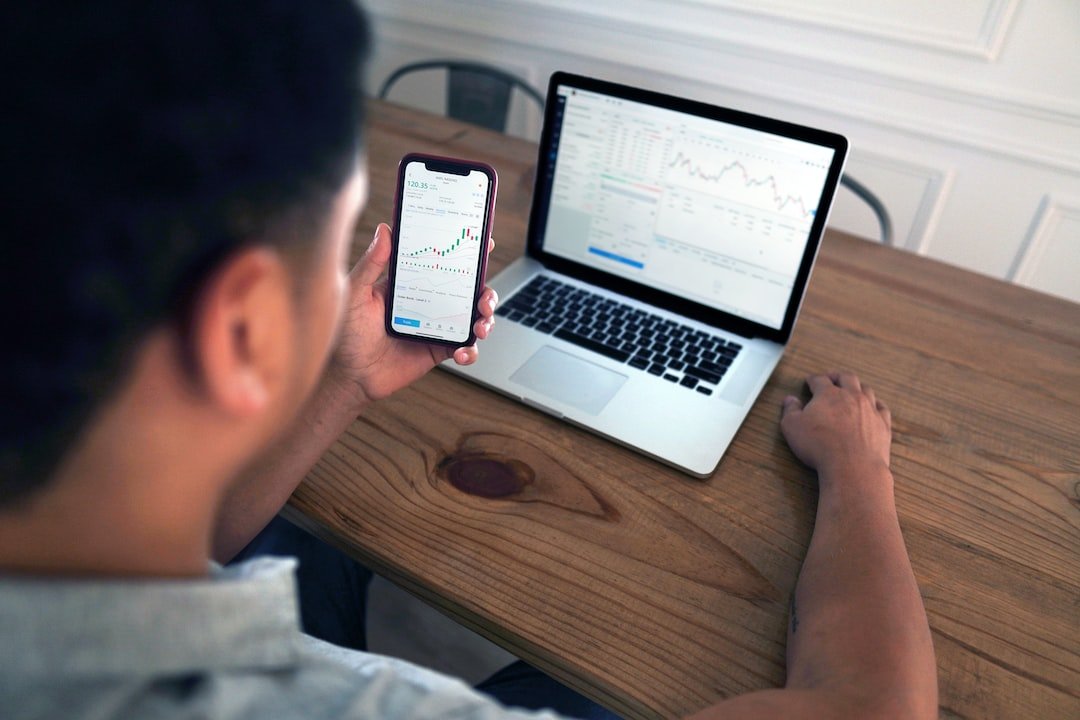Introduction
Automated trading systems have gained popularity in the Forex market as traders seek ways to streamline their trading activities and potentially increase their profits. These systems, also known as algorithmic trading or black-box trading, use computer programs to automatically execute trades based on pre-defined rules and parameters. In this blog post, we will explore the effectiveness of automated trading systems in the Forex market and discuss their potential advantages and limitations.
How Automated Trading Systems Work
Automated trading systems use advanced mathematical algorithms to analyze market data and identify trading opportunities. These systems can be programmed to execute trades based on various indicators, such as moving averages, trend lines, or support and resistance levels. Traders can set their preferred risk tolerance and profit targets, and the system will automatically enter and exit trades accordingly.
One of the key advantages of automated trading systems is their ability to remove human emotions from the trading process. Emotions, such as fear and greed, can often cloud judgment and lead to poor decision-making. By relying on objective and predefined rules, automated trading systems can help traders stick to their strategies and avoid impulsive or emotional trades.
The Advantages of Automated Trading Systems
1. Speed and Efficiency: Automated trading systems can execute trades within milliseconds, allowing traders to take advantage of even the smallest market movements. This speed and efficiency can be especially beneficial in volatile markets, where prices can change rapidly.
2. Backtesting and Optimization: Before deploying an automated trading system, traders can backtest their strategies using historical market data. This allows them to evaluate the performance of their system and make any necessary adjustments or optimizations. Backtesting can help traders identify potential flaws or weaknesses in their strategies and improve their overall trading results.
3. Diversification: Automated trading can trade multiple currency pairs simultaneously, spreading the risk across different markets. This diversification can help reduce the impact of any single trade or currency pair on the overall trading performance.
The Limitations of Automated Trading Systems
1. Dependency on Historical Data: Automated trading rely on historical data to make trading decisions. While past performance can provide insights into future market behavior, it does not guarantee future success. Market conditions can change, and strategies that have worked well in the past may not perform as expected in different market conditions.
2. Technical Issues: Like any computer program, automated trading is susceptible to technical issues or glitches. Internet connectivity problems, power outages, or software bugs can disrupt the system’s performance and potentially lead to missed trading opportunities or unintended trades.
3. Lack of Adaptability: Automated tradings are designed to follow pre-defined rules and parameters. While this can be an advantage in terms of removing emotions from the trading process, it can also limit the system’s ability to adapt to changing market conditions or unexpected events. Traders may need to regularly monitor and update their strategies to ensure they remain effective.
Conclusion
Automated trading can be a valuable tool for Forex traders, offering speed, efficiency, and the ability to remove emotions from the trading process. However, they are not a guarantee of success, and traders should carefully evaluate and test their strategies before relying solely on automated systems. It is important to remember that no trading system can predict future market movements with 100% accuracy, and human judgment and decision-making still play a crucial role in successful trading.

